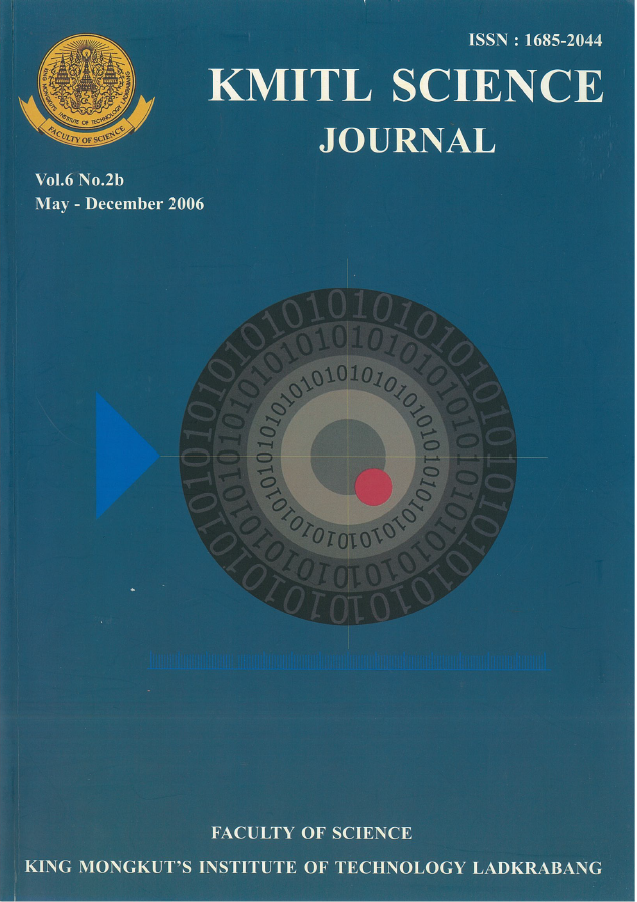In this study, eight species of Thai herbal teas, including fruits of Aegle marmelos Correa, and leaves of Annona squamosal Linn., Camella sinensis, Centella asiatica Linn. Urban, Morus alba, Pandanus amaryllifolius Roxb, Phyllanthus acidus Skeels, and Piper betle Linn. Were extracted using ethanol as a solvent, and tested for their antimicrobial activity against 9 species of bacteria and 6 species of yeasts using agar diffusion method as preliminary screening. Of these, five ethanoic extracts of plants, including A. marmelos, C. sinensis, C. asiatica, P. amaryllifolius, and P. betle showed great antimicrobial effect on microbial strains tested, and were selected to determine the minimum inhibitory concentration (MIC) using microbroth dilution test. Crude ethanolic extracts of C. sinensis and A. marmelos showed the highest antimicrobial activity, followed by P. betle, P. amaryllifolius, C.asiatica, M. alba, A. squamosal, and P. acidus. The most susceptible pathogenic bacteria to C. sinensis and A. marmelos extracts were Bacillus cereus, Escherichia coli, and Staphylococus aureus (the MIC of 10.4-41.7 mg/ml). The most sensitive food spoilage bacteria to those extracts was Leuconostoc mesenteroides (the MIC of 10.4-20.8 mg/ml). The most valuable yeasts to C. sinensis extract were Hanseniaspora uvarum and Rhodotorula glutinis (the MIC of 41.7 mg/ml), while Candida lipolytica and Pichia membranaefaciens were the most sensitive yeast strains to A. marmelos extract (the MIC of 83.3 mg/ml).
Antioxidant activity of eight herbal tea extracts was studied. P. betle extract had the highest antioxidant activity, followed by C. sinensis, A. squamosal, M. alba, C. asiatica, A. marmelos, P.acidus, and P. amaryllifolius extracts. The EC50 values of the extracts were in the range of 699.29-13,886.94 µg extract/mg DPPH. Total phenolic contents of these extracts were also analyzed. The extract of C. sinensis had the highest phenolic content, followed by those of P. betle, P. amaryllifolius, A. marmelos, A. squamosal, P. acidus, C. asiatica, and M. alba. The total phenolic contents of these extracts were in the range of 6.0-546.0 µg gallic acid/mg dry extract.
Keywords: herbal tea, antimicrobial activity, antioxidant activity, phenolics
Corresponding author: E-mail: knsuree@kmitl.ac.th
Nanasombat*, S. ., Kaewkan, K. ., & Chanapart, P. . (2018). Antimicrobial and Antioxidant Activities of Thai Herbal Tea Extracts. CURRENT APPLIED SCIENCE AND TECHNOLOGY, 642-651.

https://cast.kmitl.ac.th/articles/150034